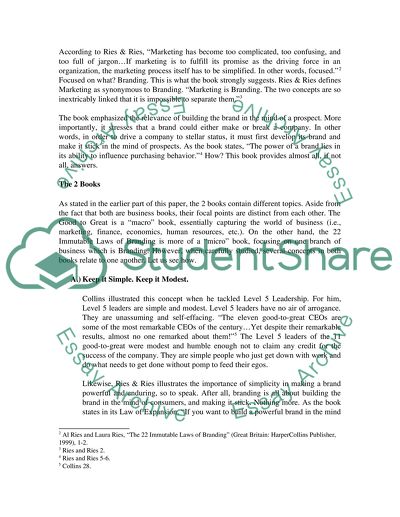Cite this document
(“The Immutable Laws of Being Good To Great Essay”, n.d.)
Retrieved de https://studentshare.org/literature/1524597-the-immutable-laws-of-being-good-to-great
Retrieved de https://studentshare.org/literature/1524597-the-immutable-laws-of-being-good-to-great
(The Immutable Laws of Being Good To Great Essay)
https://studentshare.org/literature/1524597-the-immutable-laws-of-being-good-to-great.
https://studentshare.org/literature/1524597-the-immutable-laws-of-being-good-to-great.
“The Immutable Laws of Being Good To Great Essay”, n.d. https://studentshare.org/literature/1524597-the-immutable-laws-of-being-good-to-great.


